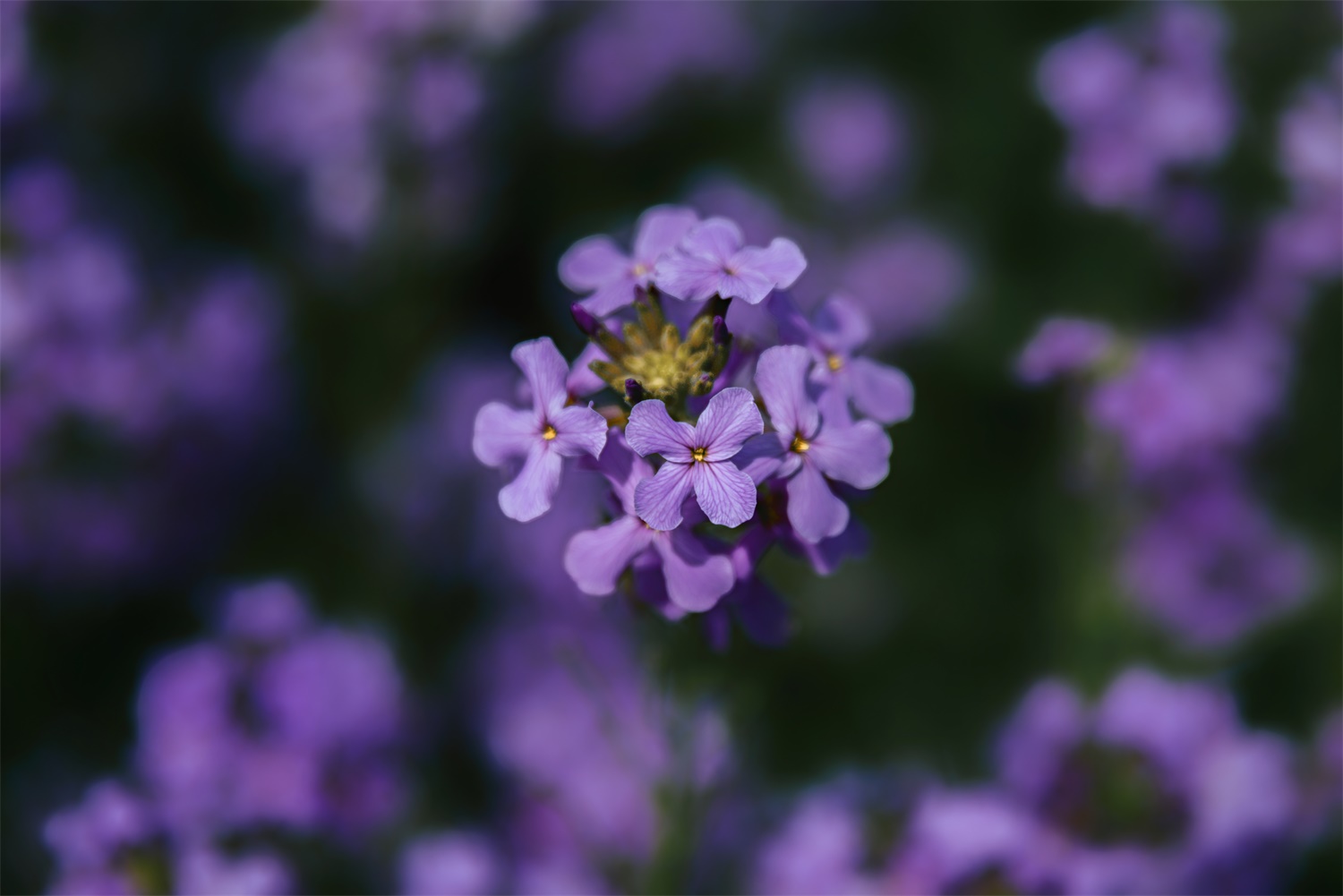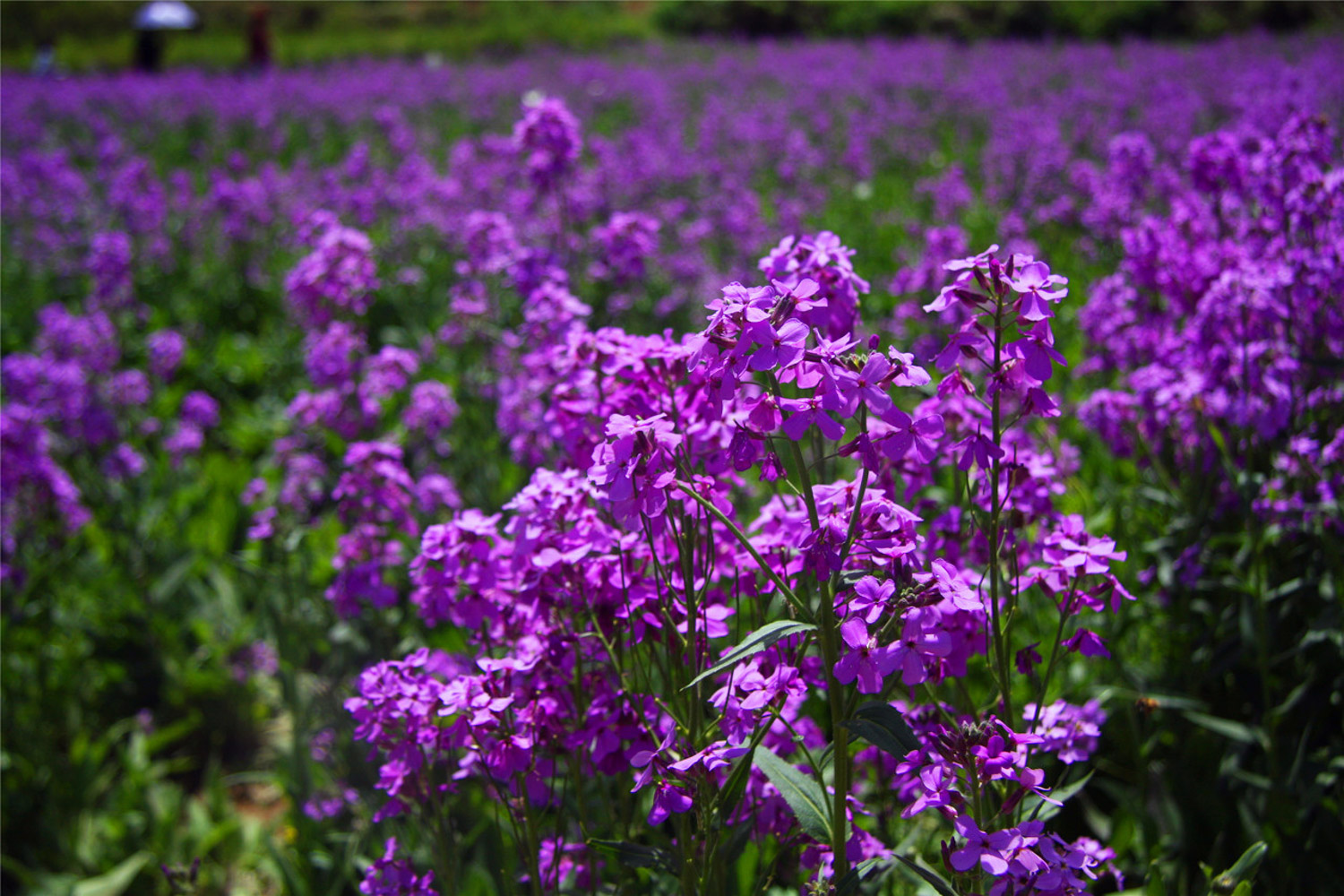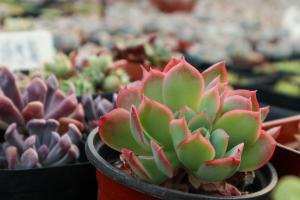1、 Curing method
1. Temperature: Blue mustard likes a cooler environment. It has poor resistance to high temperature, and low temperature is more conducive to maintaining a good plant type, so it is generally suitable for planting in the middle and lower reaches of the Yangtze River. In summer, the temperature should not exceed 25 degrees. It can also be cooled by spraying water mist in hot weather to avoid dehydration and wilting

2. Watering: the soil only needs to be kept wet. There is no need to water it often. If it is watered more, it will lead to rotten roots. Because the lateral branches of blue mustard are relatively strong, the ventilation of the roots is not smooth enough. If it is watered too much, it will rot and the branches and leaves will deteriorate

3. Light: light loving plants need to maintain sufficient and warm light. If the light is not enough, the number of flowers will be reduced, and the flower buds will not germinate normally, affecting its growth. However, the strong light in summer is also unaffected, and shading is needed

4. Fertilization: fertile soil is more conducive to growth. Sufficient base fertilizer needs to be applied before colonization. During the growth period, the amount and frequency of fertilization can be determined according to its growth status. However, it is recommended to apply some organic fertilizer to it. Animal manure will make its absorption best and its branches and leaves grow thicker and greener. However, when applying fertilizer, it can be combined with watering to let all nutrients penetrate into the soil

2、 Breeding skills
1. Reproduction: sowing is the main way of reproduction. The cycle of this method is relatively short, and it can also be planted in a large area. It is most suitable for general garden planting. It can be sown in spring and autumn, and then pay attention to watering and temperature, so it can germinate in a short time

2. Pruning: as a garden ornamental plant, the plant height of blue mustard is not too high, and the free growth state is the most ornamental value. If excessive pruning will make the overall shape unsatisfactory, so pruning is not recommended

3、 Diagnosis and treatment problems
1. Diseases: generally, there will be no serious diseases and insect pests, but the roots may fester due to excessive watering, so pay attention to ventilation

2. Pests: there are few pests, which may be bitten by some insects. It can be well prevented by spraying some pesticides on it

4、 Other issues
1. Toxicity: there is no poison, and the effect of beautifying the environment is very high

2. Whether it can be raised at home: it is not recommended to breed at home because it needs sufficient ventilation


 jackfruit
jackfruit snake plant
snake plant hibiscus
hibiscus hydrangea
hydrangea lavender
lavender Green roses climb al...
Green roses climb al... If you don't pay att...
If you don't pay att... Management of four g...
Management of four g...


































